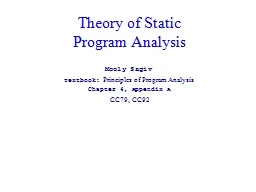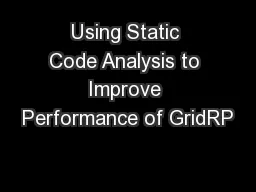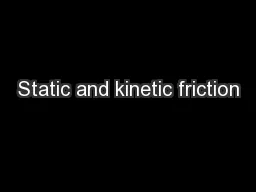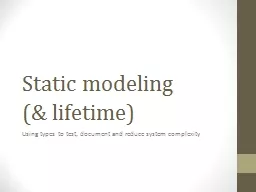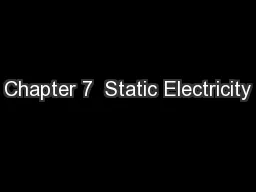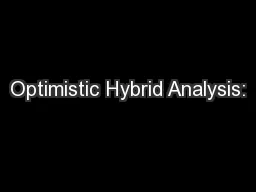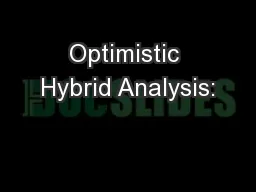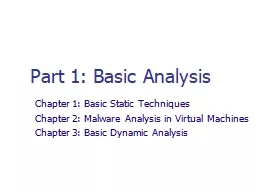PPT-Theory of Static Program Analysis
Author : trish-goza | Published Date : 2019-06-29
Mooly Sagiv Textbook Principles of Program Analysis Chapter 4 Appendix A CC79 CC92 Content Mathematical Background Chaotic Iterations Examples Soundness Precision
Presentation Embed Code
Download Presentation
Download Presentation The PPT/PDF document "Theory of Static Program Analysis" is the property of its rightful owner. Permission is granted to download and print the materials on this website for personal, non-commercial use only, and to display it on your personal computer provided you do not modify the materials and that you retain all copyright notices contained in the materials. By downloading content from our website, you accept the terms of this agreement.
Theory of Static Program Analysis: Transcript
Download Rules Of Document
"Theory of Static Program Analysis"The content belongs to its owner. You may download and print it for personal use, without modification, and keep all copyright notices. By downloading, you agree to these terms.
Related Documents

